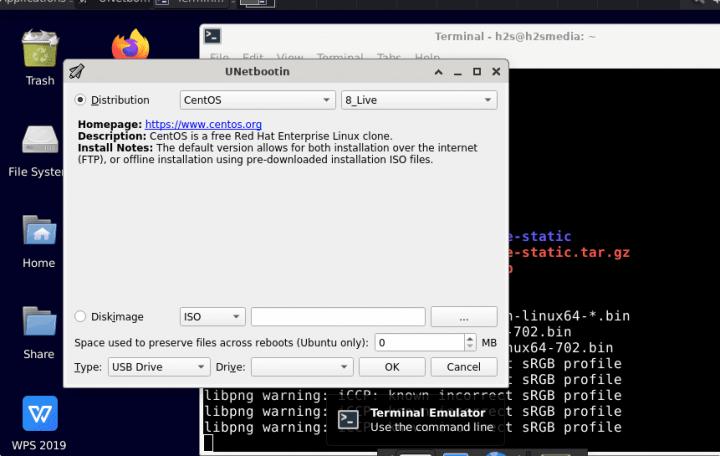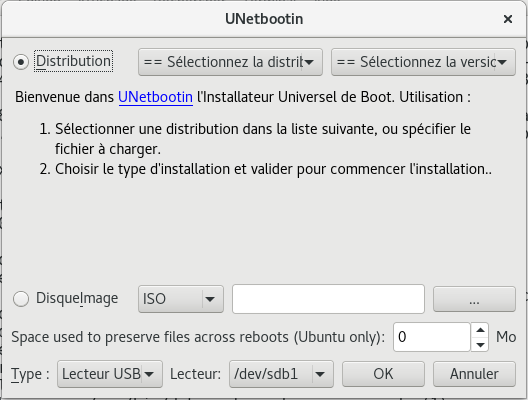
- #DEBIAN UNETBOOTIN INSTALL#
- #DEBIAN UNETBOOTIN WINDOWS 10#
#DEBIAN UNETBOOTIN INSTALL#
The Debian installer requires being able to access an actual block device with the ISO filesystem, and in particular it's not possible to install from a loopback device.Most imaging tools refuse to write to a hard disk partition because of the risk of data loss if writing the wrong partition. I couldn't find a way to write a raw ISO image to a hard disk partition from within Windows.

Simply choose a CD or DVD image (such as the netinst, CD-1, DVD-1, or netboot) that will fit on your USB stick. There are a couple things that make this process more painful than it needs to be: Preparing a USB stick using a hybrid CD or DVD image Debian CD and DVD images can now be written directly to a USB stick, which is a very easy way to make a bootable USB stick. You can delete it after installation if you like. But, when partitioning, don't delete or modify the installation partition.
From here you can install Debian as normal. When asked on what device the CD-ROM can be found, provide the device for the partition that was written with the dd command above (e.g., /dev/nvme0n1p4). Reboot the system again and re-enter the Debian installer. Use the dd command to copy the ISO onto the FAT32 partition (make sure you choose the right partition or you could suffer data loss or render the system unbootable). Mount the FAT32 partition with the installation media. However, more steps are required to complete the installation. Reboot the system, set the BIOS to boot to Linux, and you will appear in the Debian installer. Also copy to the FAT32 installation partition the boot/ and. Using the command line, copy the EFI directory from the ISO drive to the EFI partition (NB the EFI partition cannot be accessed using File Explorer). Download the installation ISO and put the file on this media. Create a new partition large enough for the installation media with a little buffer (about 700MB for the Debian netinst CD) and format it as FAT32.  Use the Windows partition manager to shrink the existing Windows partition to the desired size, to make room for Linux. NB it's important that you be able to fit the media entirely in memory. I recommend the Debian netinst CD, which is about 600 MB. Here's a sketch of what I was able to do to get Debian Bullseye installed on my laptop that shipped with Windows 10. But it's not for the novice and it's not simple.
Use the Windows partition manager to shrink the existing Windows partition to the desired size, to make room for Linux. NB it's important that you be able to fit the media entirely in memory. I recommend the Debian netinst CD, which is about 600 MB. Here's a sketch of what I was able to do to get Debian Bullseye installed on my laptop that shipped with Windows 10. But it's not for the novice and it's not simple. #DEBIAN UNETBOOTIN WINDOWS 10#
It is possible to install Linux on a Windows 10 UEFI/GPT system without any other media.






 0 kommentar(er)
0 kommentar(er)
